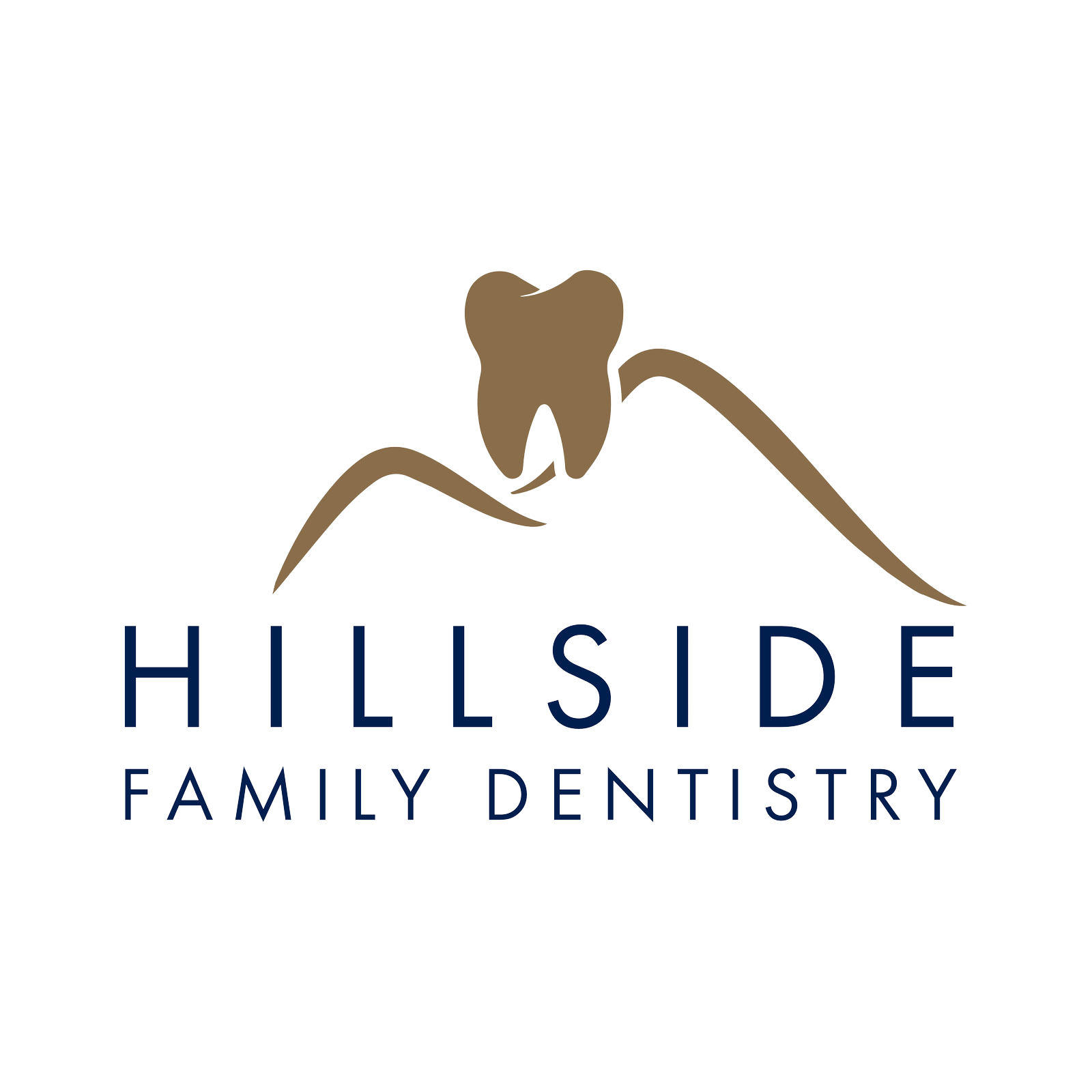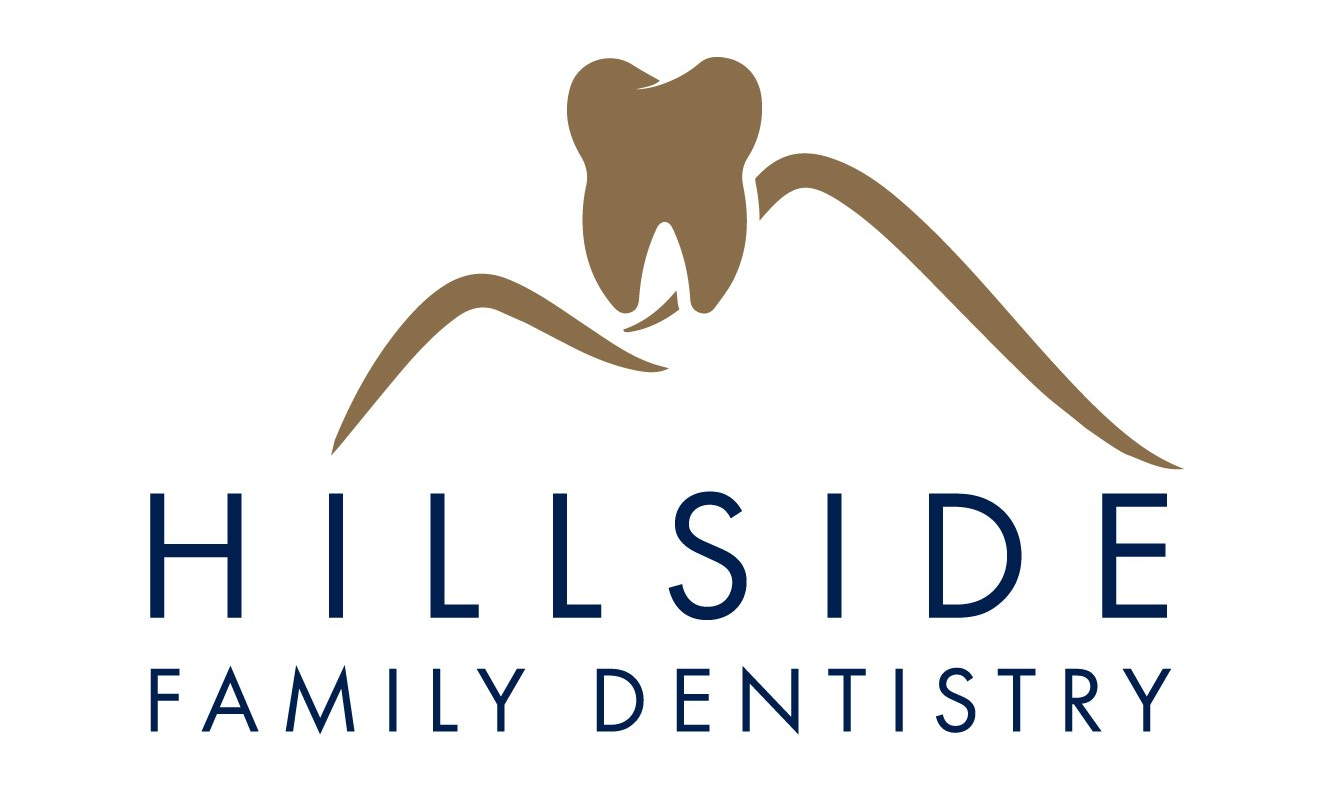Brush and Floss Like a Pro for Healthier Oral Care
Maintaining good oral hygiene is key to keeping our teeth and gums healthy. It isn't just about having a bright smile; it also prevents cavities and gum disease. The basics of oral care include brushing and flossing, but doing it the right way can make a huge difference.
Using the correct tools and techniques ensures that we clean our teeth effectively. Brushing not only removes food particles and plaque, but it also keeps our breath fresh. Flossing, on the other hand, reaches where the brush can't, removing debris and plaque between the teeth. Both are essential for maintaining oral health and preventing issues like tooth decay and gum problems.
Choosing the Right Tools for Effective Oral Hygiene
Picking the right tools is crucial for maintaining effective oral hygiene. While it might seem simple to reach for any toothbrush or floss, selecting the right ones can significantly enhance your dental care routine. Here's what you need to know about choosing the best tools.
First, let's talk about toothbrushes. Opt for a toothbrush with soft bristles. Hard bristles can be too abrasive, potentially causing damage to your gums and enamel. Soft bristles effectively remove plaque and debris without harming your gums. It's also important to choose a toothbrush size that comfortably fits in your mouth, allowing you to reach all areas easily.
Electric toothbrushes can be a great option, too. They often provide a higher brushing power and include features like timers to ensure you're brushing for the recommended two minutes. Some even have pressure sensors that alert you if you're pressing too hard.
When it comes to toothpaste, make sure it contains fluoride, which helps strengthen tooth enamel and fight cavities. There are various toothpaste options available, such as ones focused on sensitivity, whitening, or gum care. Choose one that best suits your specific dental needs.
Floss is just as important as your toothbrush. There are different types, such as waxed and unwaxed floss, dental tape, and floss picks. Waxed floss tends to slide between teeth more easily, while unwaxed floss gives a better grip for removing plaque. If you have braces or dental work like bridges, consider using a floss threader to help you maneuver the floss effectively.
In addition to toothbrushes and floss, consider using a mouthwash. Mouthwash can help reduce plaque, fight gum disease, and freshen breath. However, it's not a substitute for brushing and flossing.
Mastering the Art of Brushing: Tips and Techniques
To ensure you're getting the most out of your brushing routine, proper technique is essential. Brushing is more than just moving the brush around. Here's how to brush like a pro.
Start by placing your toothbrush at a 45-degree angle to your gums. This positioning allows the bristles to clean both your teeth and gumline effectively. Gently move the brush back and forth in short, tooth-wide strokes across all surfaces of your teeth.
It's important to brush for a full two minutes, covering all areas of your mouth. To make sure you're brushing for the right amount of time, consider using a timer or an electric toothbrush with a built-in timer.
Don't forget to brush the outer, inner, and chewing surfaces of your teeth. For the front teeth, hold the brush vertically and use up-and-down strokes to clean. This helps ensure that plaque is thoroughly removed from these often-overlooked areas.
While brushing, be gentle. Too much pressure can harm your gums and wear down your enamel. If you're using an electric toothbrush, let the brush do the work—apply minimal pressure and guide the brush over your teeth.
Brushing your tongue is an important step as well. Plaque and bacteria can accumulate on your tongue, leading to bad breath. Using your toothbrush or a tongue scraper, gently clean your tongue from back to front.
Maintaining a consistent brushing routine is key to good oral health. Brush at least twice a day, preferably in the morning and before bed. This routine helps remove the plaque and bacteria that accumulate throughout the day.
By mastering these brushing techniques, you can effectively maintain a healthy mouth and keep your smile bright and fresh.
Flossing Fundamentals: Do It Like a Pro
Flossing is a crucial part of your oral hygiene routine that many people overlook. It helps remove food particles and plaque from between your teeth, areas that a toothbrush can't reach. Learning the proper way to floss can lead to healthier gums and fewer cavities.
To floss effectively, start by using about 18 inches of dental floss. Wrap most of it around one of your middle fingers, and the rest around the opposite middle finger. This will give you a clean section of floss as you move along your teeth.
Gently slide the floss between your teeth using a rubbing motion. Avoid snapping the floss into your gums, as this can cause irritation. Once the floss is at the gum line, curve it into a C shape against one tooth and slide it into the space between the gum and the tooth. Gently move the floss up and down, cleaning the side of the tooth. Repeat this process for each tooth, using a fresh section of floss every time.
Floss all your teeth, even the back ones. It might be tricky to reach, but it’s important for preventing gum disease and cavities. There are different types of floss, so find one that works best for you, whether it's waxed, unwaxed, or dental tape. Floss picks or a water flosser are great alternatives if traditional floss is difficult to use.
Make flossing a daily habit, preferably before bedtime to remove any leftover particles from the day. By mastering the art of flossing, you keep your gums healthy and your smile bright.
Common Mistakes to Avoid for a Healthier Smile
Even with the best intentions, many people make simple mistakes in their dental care routine that can affect their oral health. Avoiding these common errors can help maintain a healthier smile.
1. Brushing too hard:
Applying too much pressure can damage your gums and enamel. Instead, use gentle, circular strokes with a soft-bristled brush.
2. Skipping flossing:
Many people skip flossing because it's time-consuming or uncomfortable. However, not flossing leaves food and plaque between teeth, leading to cavities and gum disease.
3. Using the wrong toothpaste: Not all toothpaste is created equal. Choose one that contains fluoride to help strengthen your teeth and prevent decay.
4. Brushing too quickly:
It’s easy to rush through brushing, but aim for a full two minutes each time you brush to ensure thorough cleaning.
5. Ignoring your tongue:
Bacteria and food particles can build up on your tongue. Brushing it can help prevent bad breath and improve oral hygiene.
6. Not replacing your toothbrush: A worn-out toothbrush won’t clean your teeth effectively. Change it every three to four months or when the bristles look frayed.
7. Forgetting regular dental checkups: Skipping routine dentist visits can lead to unseen dental problems. It’s vital to get professional cleanings and exams twice a year.
By avoiding these mistakes and sticking to proper oral hygiene practices, you can protect your teeth and gums, keeping your smile healthy and bright for years to come.
Conclusion
Taking good care of your teeth and gums is essential for maintaining oral health. Proper brushing and flossing techniques, along with the right tools, keep your smile healthy. Avoiding common mistakes enhances your routine, ensuring that you benefit from your efforts. Keeping consistent with your oral hygiene habits prevents problems like cavities and gum disease that may require more extensive treatment down the line.
If you need guidance on improving your dental care routine or have any questions about your oral health, don't hesitate to reach out. At Hillside Family Dentistry, our friendly team is here to support your journey to a healthier, brighter smile. Schedule a visit with our
Acworth dentist to ensure you're on the right track with your oral hygiene.
Share This Post

